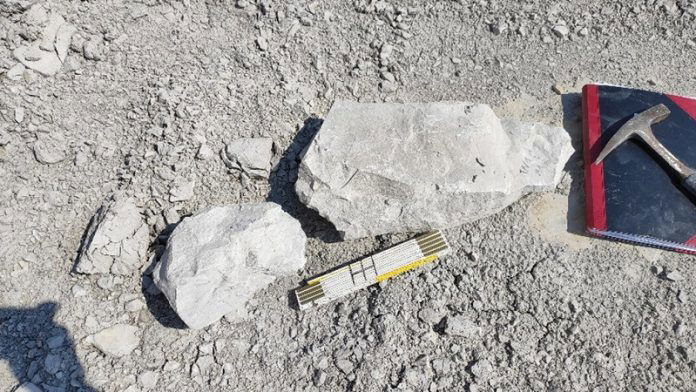
Long before humans could measure carbon dioxide or study weather patterns, tiny bits of space rock were quietly recording Earth’s atmospheric history.
Now, scientists have discovered how to unlock that hidden archive—using fossilized cosmic dust.
An international team of researchers led by the University of Göttingen, with support from the Open University, the University of Pisa, and Leibniz University Hannover, has developed a method to reconstruct Earth’s ancient atmosphere by studying micrometeorites—tiny particles of metal and rock from space.
These particles, often smaller than a grain of sand, have been falling to Earth for billions of years and are sometimes visible as shooting stars on clear nights.
When these tiny meteorites enter Earth’s atmosphere, they heat up and melt. The iron and nickel in them react with oxygen in the air, forming microscopic, spherical structures made of oxide minerals.
These structures trap oxygen from the atmosphere, essentially preserving a chemical fingerprint of the air at the time they fell.
Once on the ground, the micrometeorites can become buried in sediment and preserved in layers of rock for millions—even billions—of years. This makes them a valuable and previously underused tool for understanding the Earth’s atmospheric past.
In their study, published in Communications Earth & Environment, the researchers collected about 100 kilograms of chalk marl rock from a quarry in Hannover, Germany.
After careful examination, they found an average of one fossilized micrometeorite per kilogram of rock.
Using new methods, they analyzed the ratios of oxygen and iron isotopes in the particles.
These ratios can reveal the composition of the atmosphere at the time the micrometeorites formed—information that helps scientists estimate levels of oxygen and carbon dioxide, as well as the amount of photosynthetic activity on the planet at the time.
Dr. Fabian Zahnow, lead author of the study and now based at Ruhr University Bochum, explained that even though the micrometeorites are extremely small, they preserve reliable isotopic data that can survive through millions of years.
However, he also cautioned that after landing on Earth, these tiny spheres can be altered by the surrounding environment. That’s why careful geochemical analysis is crucial to avoid misleading results.
This discovery opens up exciting new possibilities for climate scientists. Micrometeorites could become a valuable addition to the tools used to understand past atmospheric conditions and climate shifts.
They not only provide insight into oxygen and CO2 levels but also help track changes in how plants and other life forms contributed to Earth’s atmosphere through time.
In short, grains of space dust—barely visible to the naked eye—are offering a powerful new way to look back into Earth’s deep past.
Source: University of Göttingen.



